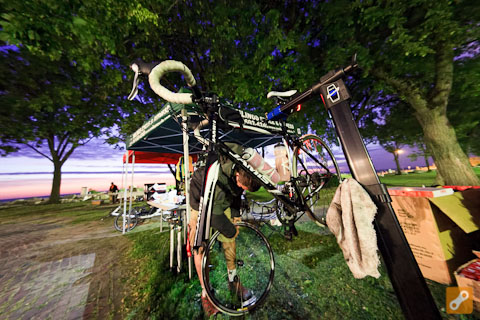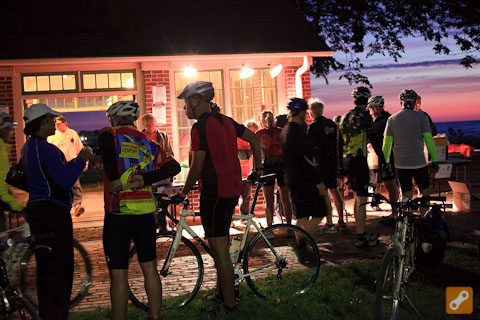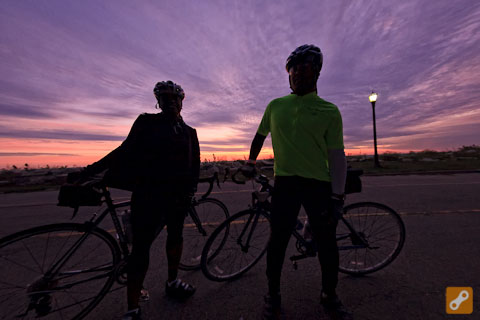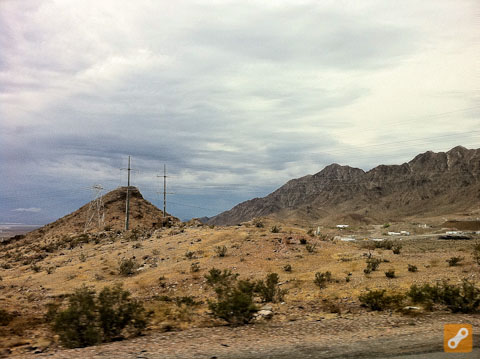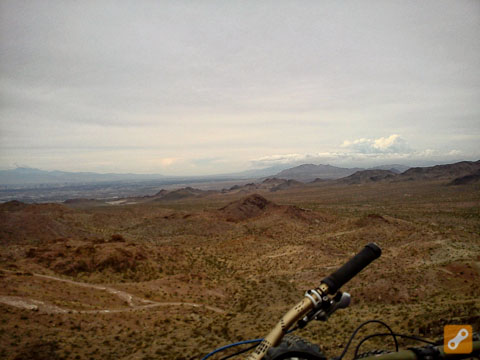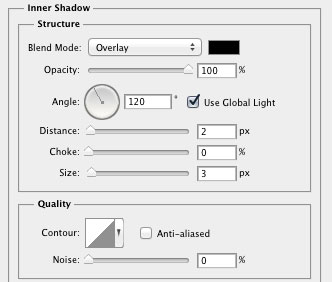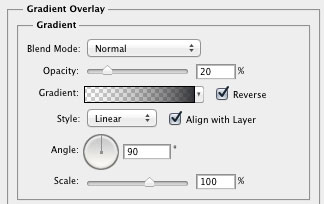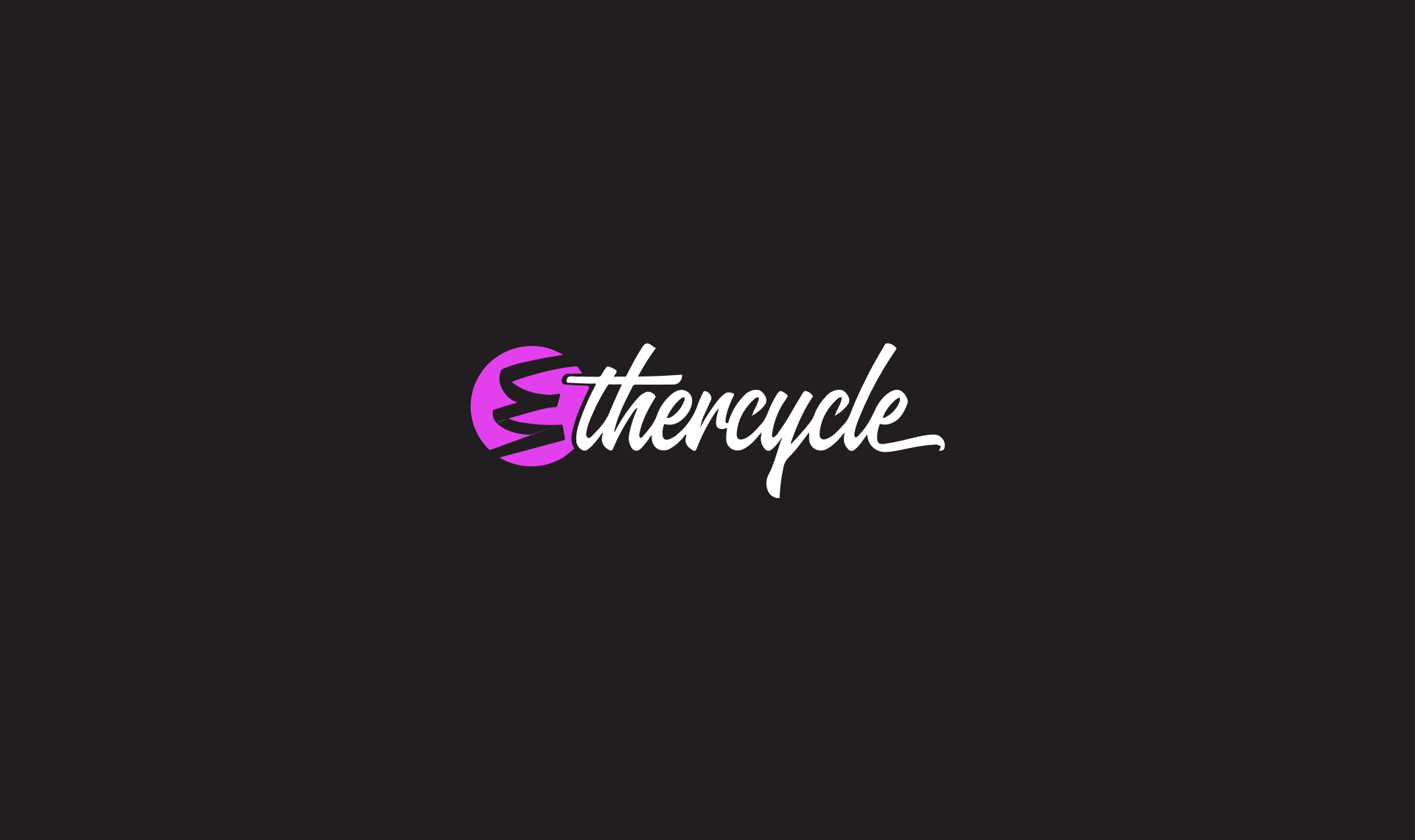
We've set up a machine running the Windows 8 Developer Preview to test Metro widget/app development in preparation for client requests, and working on another machine to test Windows to Go. (This might be a good fit for our longer-term freelance contractors.)
So far, we're most intrigued by the Metro UI and, to a lesser extent, the Control Panel. The whole interface appears to be geared towards tablets/touchscreens and casual users, with great potential. Even with this simplicity, the underlying architecture is sufficiently full-featured to support applications for power users and professionals. I'd love to see a touchscreen solid modeling solution that uses the UI elements of Metro.
Let's dive right in to our lightning review:
Fast boot/UEFI: Convenient, but no longer as important as they once were. Modern users look for devices that sleep and wake quickly, rather than needing to be shut down. Between smartphones, tablets, and laptops, devices are approaching uptimes on the order of weeks and months.
Windows to Go: This will be a boon to corporate users bringing their work home with them. Far easier than traipsing laptops back and forth just for a platform and some files.
Trident Rendering Engine/Chakra Javascript Engine: Probably responsible for the largest part of the perceived increase in speed. The Metro UI appears to use HTML5, CSS3, and Javascript for the info tiles instead of 3D elements as in Aero. Assuming this is the case, the new OS will run far more smoothly on slower/older hardware without the need of a relatively powerful GPU. On the flip side, Chakra does have access to the GPU, so incredibly complex web applications are feasible, such as high-end browser-based games, image manipulation software, or solid modeling. (These are available today, but don't run very smoothly even on the most powerful hardware.)
Windows Store: Much as I hope Microsoft will be able to pull this off, I don't think they have the kind of culture/direction/vision required to build a successful ecosystem. (See: Apple)
Charms menu: The tablet/touch version, swiped in from the side, makes sense and gives a nice central location to rarely used but necessary functions. The non-touch/PC version, on the other hand, looks like it was tacked on as an afterthought. There's no visual indicator that any kind of menu exists in the corner. I ended up finding out about it via accidental mis-click.
NFC: Neat feature to have, but I don't see the point. More and more phones have NFC, which is far more convenient to pull out at a cash register than a tablet or laptop.
Wi-Fi Direct: Hoping this will work as advertised. I'd love to have a Windows tablet that plays nicely with wi-fi enabled devices anywhere.
Ribbon Interface: The best thing about the ribbon is it can be hidden, and I never have to look at it again. A simple interface existed, worked well, and arguably could have been further simplified for more ease of use. Instead, we have a crufty, overloaded interface cribbed from the productivity suite.
Native ISO support: More and more useful with the slow disappearance of optical drives. Also adds convenience with the rapid increase in available hard drive space: I no longer need to carry my physical media with me, I can just have the images locally stored.
ARM Tablet Support/Swipe gestures: With the dominance of ARM processors in the tablet market, Microsoft has a huge market available. Between this, the Metro UI, engine upgrades, Windows to Go, and SkyDrive, it really feels like Microsoft is trying to make this their primary market rather than PCs.
New Control Panel: Nearly makes up for the Ribbon UI. Very simple and clean, allows access to everything a user could need without being cluttered.
Overall we're very excited by what we've seen in Windows 8. It's one of the most genuinely impressive things to come out of Redmond in years. Let's hope it's the start of a new era for them.
So far, we're most intrigued by the Metro UI and, to a lesser extent, the Control Panel. The whole interface appears to be geared towards tablets/touchscreens and casual users, with great potential. Even with this simplicity, the underlying architecture is sufficiently full-featured to support applications for power users and professionals. I'd love to see a touchscreen solid modeling solution that uses the UI elements of Metro.
Let's dive right in to our lightning review:
Fast boot/UEFI: Convenient, but no longer as important as they once were. Modern users look for devices that sleep and wake quickly, rather than needing to be shut down. Between smartphones, tablets, and laptops, devices are approaching uptimes on the order of weeks and months.
Windows to Go: This will be a boon to corporate users bringing their work home with them. Far easier than traipsing laptops back and forth just for a platform and some files.
Trident Rendering Engine/Chakra Javascript Engine: Probably responsible for the largest part of the perceived increase in speed. The Metro UI appears to use HTML5, CSS3, and Javascript for the info tiles instead of 3D elements as in Aero. Assuming this is the case, the new OS will run far more smoothly on slower/older hardware without the need of a relatively powerful GPU. On the flip side, Chakra does have access to the GPU, so incredibly complex web applications are feasible, such as high-end browser-based games, image manipulation software, or solid modeling. (These are available today, but don't run very smoothly even on the most powerful hardware.)
Windows Store: Much as I hope Microsoft will be able to pull this off, I don't think they have the kind of culture/direction/vision required to build a successful ecosystem. (See: Apple)
Charms menu: The tablet/touch version, swiped in from the side, makes sense and gives a nice central location to rarely used but necessary functions. The non-touch/PC version, on the other hand, looks like it was tacked on as an afterthought. There's no visual indicator that any kind of menu exists in the corner. I ended up finding out about it via accidental mis-click.
NFC: Neat feature to have, but I don't see the point. More and more phones have NFC, which is far more convenient to pull out at a cash register than a tablet or laptop.
Wi-Fi Direct: Hoping this will work as advertised. I'd love to have a Windows tablet that plays nicely with wi-fi enabled devices anywhere.
Ribbon Interface: The best thing about the ribbon is it can be hidden, and I never have to look at it again. A simple interface existed, worked well, and arguably could have been further simplified for more ease of use. Instead, we have a crufty, overloaded interface cribbed from the productivity suite.
Native ISO support: More and more useful with the slow disappearance of optical drives. Also adds convenience with the rapid increase in available hard drive space: I no longer need to carry my physical media with me, I can just have the images locally stored.
ARM Tablet Support/Swipe gestures: With the dominance of ARM processors in the tablet market, Microsoft has a huge market available. Between this, the Metro UI, engine upgrades, Windows to Go, and SkyDrive, it really feels like Microsoft is trying to make this their primary market rather than PCs.
New Control Panel: Nearly makes up for the Ribbon UI. Very simple and clean, allows access to everything a user could need without being cluttered.
Overall we're very excited by what we've seen in Windows 8. It's one of the most genuinely impressive things to come out of Redmond in years. Let's hope it's the start of a new era for them.


